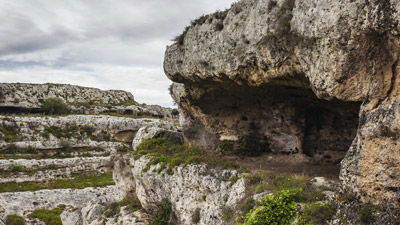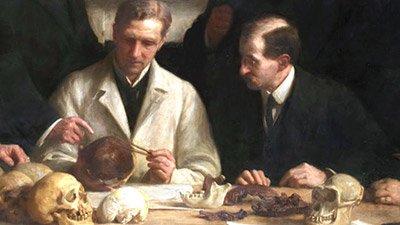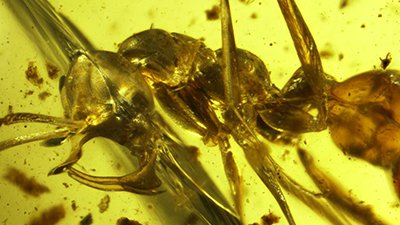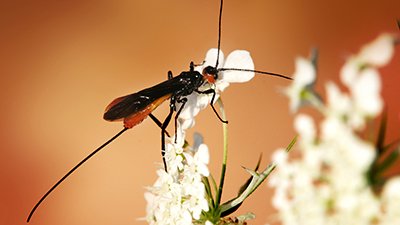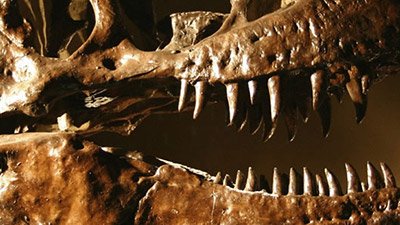News to Know
-
Oct. 20, 2023 from Answers in Depth
Carpenter ant colonies evade zombie apocalypse because only the climbing dead become weapons of mass dispersion.
More News to Know
-
Oct. 20, 2023 from Answers in Depth
Carpenter ant colonies evade zombie apocalypse because only the climbing dead become weapons of mass dispersion.
-
Oct. 22, 2021 from Answers in Depth
“There is a book . . .” Ken Ham reminded Nye at their 2014 debate, and the Bible’s history is history we can trust.
-
April 6, 2021 from Answers in Depth
Cambridge researchers discovered functioning mechanical gears in juvenile leafhoppers as “training wheels,” showing that God created gears long before humans.
-
Aug. 28, 2020 from Answers in Depth
Neanderthal architectural preferences, like hot water, organized living spaces, and warm bedrooms, add to our growing understanding that Neanderthals were human.
-
Aug. 21, 2020 from Answers in Depth
Countless people have been convinced by the wonders of the developing embryo—falsely portrayed—that evolution must be true. Why is this falsified idea still accepted by many teachers and scientists?
-
May 10, 2019 from Answers in Depth
Tiny technology—an environmentally matched biological cloaking device—hides shrimp in plain sight.
-
Jan. 18, 2019 from Answers in Depth
The hoatzin is a very unique bird, a conglomeration of traits typical of birds, reptiles, and mammals. Its most unique features are distinctly un-birdlike.
-
Oct. 30, 2017 from Answers in Depth
The colorful history of the domestic cat, filled in by the latest paleogenetic study, illustrates many fun facts that are consistent with biblical truth.
-
Oct. 27, 2017 from Answers in Depth
Detailed images of a newly discovered species of hell ant—extinct ants with scythe-like jaws—in Burmese amber may hold the answer to how they ate.
-
Oct. 9, 2017 from Answers in Depth
Many parasitoid wasps optimize the reception for their larvae by injecting venom that disables the host insect’s immune system or changes its behavior.
-
Sept. 15, 2017 from Answers in Depth
A group of scientists at Tel Aviv University propose that bacteria in our intestines may be responsible for human altruism.
-
July 30, 2017 from Answers in Depth
Amphioxus is an “obvious” link between invertebrates and vertebrates for those who believe they must be linked by a shared evolutionary ancestor.
-
July 27, 2017 from Answers in Depth
We’ve all heard that, compared to mammalian animals like dogs, humans have a poor sense of smell. Did you know that this notion is a 19th century myth?
-
July 20, 2017 from Answers in Depth
When we consider the immediate and wider context of 1 Peter 3:15, there is a lot more to it than we may have seen at first.
-
June 2, 2017 from Answers in Depth
Naked mole-rats survive extreme oxygen deprivation in their crowded burrows by switching on fructose metabolizing machinery in their heart and brain cells.
-
May 19, 2017 from Answers in Depth
The tiny tropical fangblenny reveals fangs when it opens its mouth, but unusual venom is the real key to its defense—and to the defense of its look-alikes.
-
April 26, 2017 from Answers in Depth
Evolutionists believe that new information about gill embryology suggests gills evolved in the common ancestor of all fish.
-
April 6, 2017 from Answers in Depth
Are human feet the foundational distinction between knuckle-walking apes and us? How did we learn to walk this way?
-
March 31, 2017 from Answers in Depth
Observable science confirms preserved collagen fragments in dinosaur bone are authentic, but does not show protein can be preserved for millions of years.

Answers in Genesis is an apologetics ministry, dedicated to helping Christians defend their faith and proclaim the good news of Jesus Christ.
- Customer Service 800.778.3390
- Available Monday–Friday | 9 AM–5 PM ET
- © 2025 Answers in Genesis









